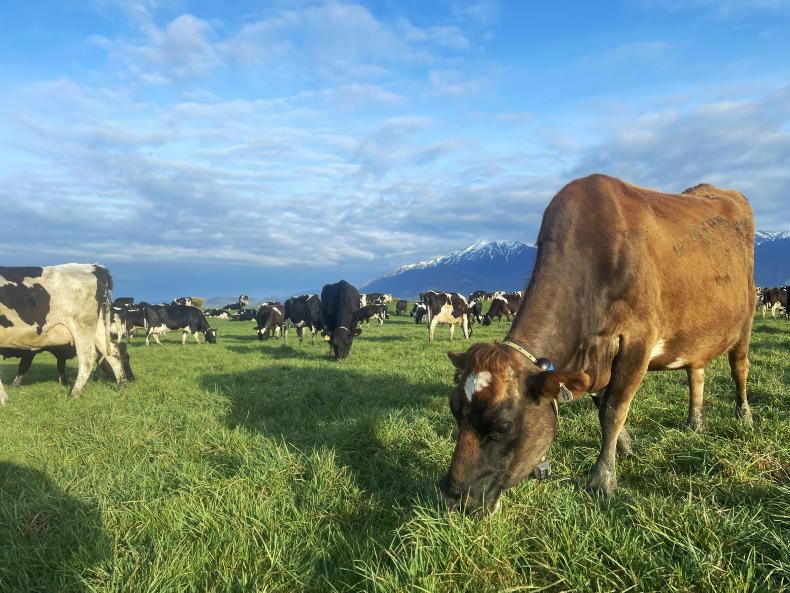One of the more stressful times of the year has just begun on the farm, with the start of artificial insemination (AI) as of last Sunday.
This process involves four to five weeks of checking tail paint on cows during morning milking and drafting them out to be served by the AI technician.
This season I’ve been fortunate enough to be at the beginning of the run for my AI technician, which allows us to get cows served immediately after morning milking.
Last season, the farm was at the end of the run, which required bringing the cows in heat back in from the paddock late in the morning. This also meant we weren’t free to leave the yard. Personally, I would prefer my cows to be among the first to be mated, rather than number 350 for the AI technician that morning.
So far, mating is progressing well, with a good number of cows coming in heat – the aim is for a 90% three-week submission rate, which translates to an average of 37 cows per day that we expect to AI.
Irrigation
Meanwhile, we are continuing with significant irrigation projects, having recently installed a new pivot irrigation system and also attaching a corner arm to the largest pivot on the farm.
Although these upgrades are beneficial and required, the work involved can often seem daunting, with fences and trees being removed, trenching pipes installed, pumps upgraded and water troughs moved.
During this period, a large area of the milking platform is left without essential irrigation. Given that most of mid Canterbury can be described as a riverbed with only a few inches of topsoil, this work has put us under slight pressure regarding grass growth. Fortunately, the weather this spring has been favourable, although we have opted not to cut as much surplus grass as planned.
The short-term sacrifice currently being experienced will hopefully pay off, as the work will reduce the number of more intensive irrigation methods being used, effectively replacing them with a system that works on the push of a button.
Recording
Recently, we completed a herd test, or as we refer to it at home, milk recording. It can be an intensive ordeal when you have 830 cows that need to be individually recorded in a 46-a-side herringbone parlour.
The process involves the installation of meters and sampling units to record each cow, with bottles of milk assigned using printed barcodes. I also have to scan the EID on each cow’s ear tag and assign this to each bottle. The entire process is very labour-intensive, but it is worthwhile to obtain accurate information on the cows, especially before the breeding season.
Reflect
As we enter the breeding season, it has been a good opportunity to reflect on the past 12 months and compare how this spring has gone to last season.
My added experience has certainly benefited me this season when it comes to managing people and understanding when potential problems might arise.
This time last year was considerably more stressful, with a constant need to be involved and a reluctance to allow others to problem-solve.
While writing this article, I received a phone call informing me of “some water in the underpass”. That ended up being an unplanned Saturday night spent pumping 3ft of water out from the underpass. However, the 65mm of rain was more than welcome for grass growth and means we can turn the irrigation off for now.






 This is a subscriber-only article
This is a subscriber-only article










SHARING OPTIONS: